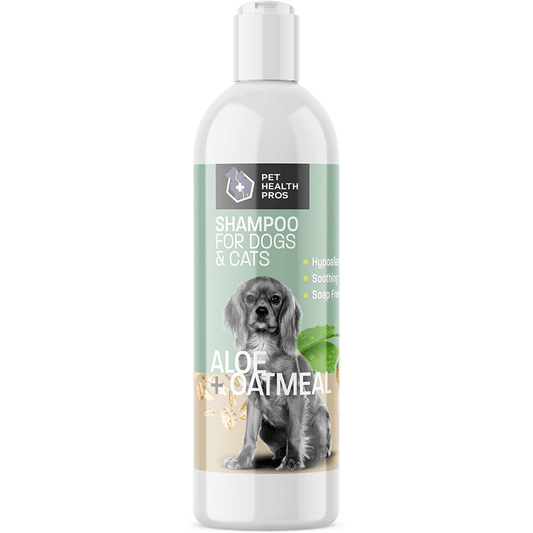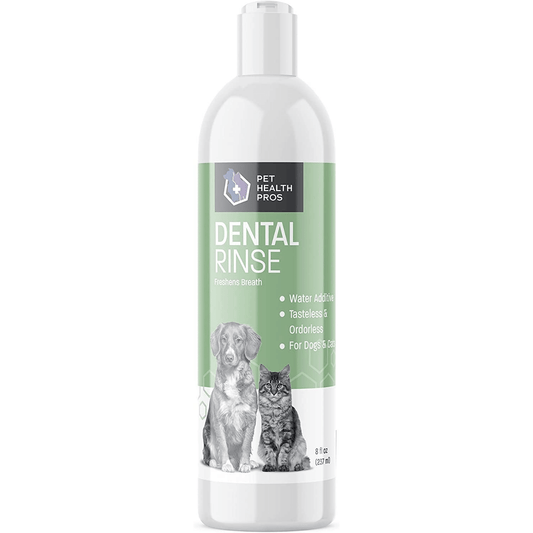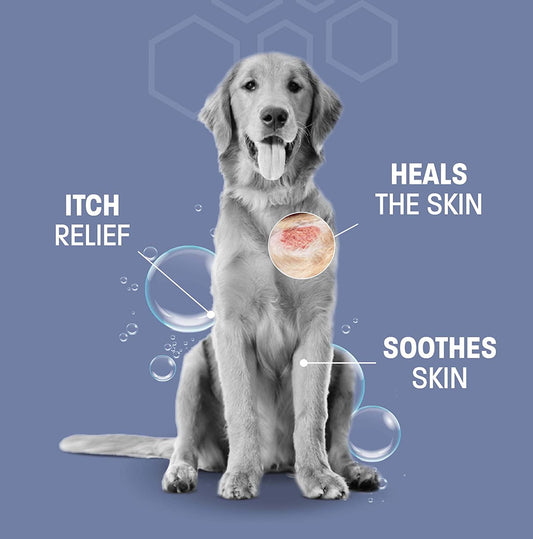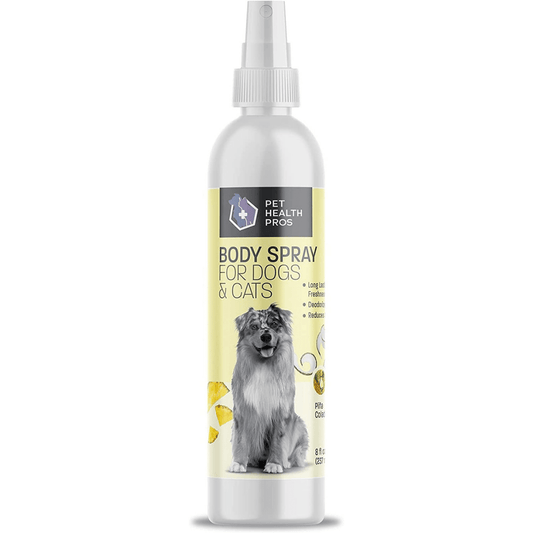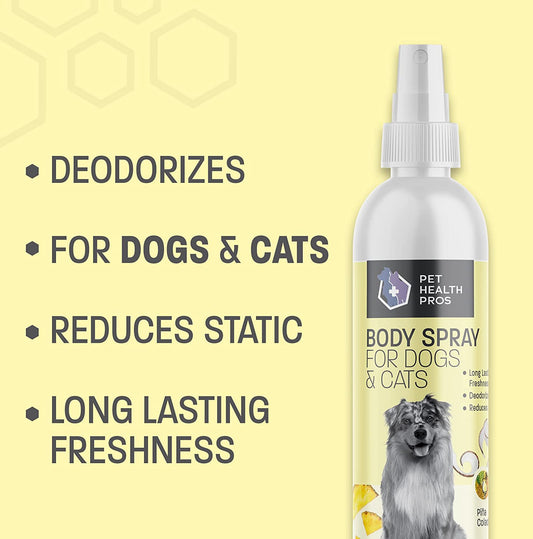Administering ear drops to your dog might seem tough, but it's important for their health. Ear infections and other ear issues are common in dogs, and knowing how to properly use ear drops can make a big difference. This guide will walk you through the steps to ensure your dog gets the help they need.
Key Takeaways
- Gather all the needed supplies before starting to make the process smoother.
- Ensure your dog is calm and comfortable to avoid any accidents or stress.
- Always read the instructions on the ear drops carefully before using them.
- Properly position your dog to make it easier to administer the drops.
- Monitor your dog for any side effects and contact the vet if needed.
Understanding Dog Ear Drops
Dog ear drops are special liquids used to treat various ear problems in dogs. These drops can help with infections, inflammation, and wax build-up. They usually contain ingredients that fight bacteria, fungi, or help reduce swelling.
What Are Dog Ear Drops?
Dog ear drops are medications designed specifically for dogs to help with ear issues. They can be prescribed by a veterinarian or bought over the counter. It’s important to use the right type for your dog’s specific condition.
Common Ingredients in Dog Ear Drops
Many dog ear drops contain a mix of ingredients. Here’s a quick look at some common ones:
| Ingredient | Purpose |
|---|---|
| Antibiotics | Fight bacterial infections |
| Antifungals | Treat fungal infections |
| Steroids | Reduce inflammation |
| Ceruminolytics | Break down ear wax |
When to Use Dog Ear Drops
You should use dog ear drops when your dog shows signs of ear problems. These signs can include:
- Scratching at the ears
- Head shaking
- Unpleasant odor from the ears
- Redness or swelling in the ear canal
Regular cleaning of a dog’s ears can help prevent yeast build-up and other issues. Keeping an eye on your dog’s ear health is essential for their overall well-being.
Preparing to Administer Dog Ear Drops
Gathering Necessary Supplies
Before you start, gather all necessary items – ear drops, cotton balls, and treats. Having everything ready will make the process smoother and quicker.
Creating a Calm Environment
Ensure your dog is relaxed. Using treats can help keep them calm. A calm dog is less likely to resist, making the process easier for both of you.
Reading the Instructions Carefully
Always read the instructions on the ear drops carefully. Each product may have different guidelines, and following them ensures your dog gets the correct treatment.
Taking the time to prepare properly can make administering ear drops a stress-free experience for you and your dog.
Step-by-Step Guide to Applying Dog Ear Drops
Positioning Your Dog
Before you start, make sure your dog is in a comfortable position. You might need to have your dog sit or lie down. Keeping your dog calm is key to making the process easier. If your dog is anxious, try to soothe them with a gentle voice and petting.
Administering the Drops
Hold your dog's ear flap up and apply the prescribed number of drops into the ear canal while continuing to keep the ear flap elevated. Be sure to follow the dosage instructions given by your vet. This ensures the medicine works effectively.
Massaging the Ear
After applying the drops, gently rub the ear against the dog's head in a circular motion. This helps the drops spread throughout the ear canal. Massaging also makes the experience more pleasant for your dog.
Remember, patience and a calm demeanor can make a big difference when administering ear drops to your dog.
Aftercare and Monitoring
After giving your dog ear drops, it’s important to take care of their ears and watch for any changes. Cleaning up after the treatment helps keep the area tidy and prevents any mess. You should also keep an eye on your dog for any side effects that might occur after using the drops. If you notice anything unusual, it’s best to contact your veterinarian right away.
Here are some steps to follow for aftercare:
- Clean Up: Wipe away any excess liquid from the ear with a clean cloth.
- Monitor for Side Effects: Look for signs like itching, redness, or swelling. If your dog seems uncomfortable, it’s important to check in with your vet.
- When to Contact Your Veterinarian: If you see any severe reactions or if the condition doesn’t improve, reach out to your vet for advice.
| Side Effects to Watch For | Action to Take |
|---|---|
| Itching | Contact vet |
| Redness | Contact vet |
| Swelling | Contact vet |
| No improvement | Contact vet |
Regularly inspecting and cleaning your dog's ears can help in preventing recurrence: ensuring your dog's ears stay yeast-free. This includes tips for inspecting, cleaning, and maintaining your dog's ears to prevent yeast infections.
Tips for Making the Process Easier
Using Treats and Rewards
One effective way to make administering ear drops easier is by using treats and rewards. Rewarding your dog with a treat after the process can create a positive association. You can also use praise and petting to make your dog feel more comfortable.
Having a Helper
Sometimes, having an extra pair of hands can be very helpful. A helper can hold your dog steady while you focus on applying the drops. This can make the process quicker and less stressful for both you and your dog.
Practicing Patience and Consistency
Patience and consistency are key when it comes to administering ear drops. Consistently following the same routine can help your dog get used to the process. Remember to stay calm and patient, as your dog can pick up on your emotions.
Making the process easier not only helps your dog but also makes it less stressful for you. With a little practice and the right approach, administering ear drops can become a simple part of your routine.
Common Mistakes to Avoid
Using the Wrong Dosage
One of the most common mistakes is using the wrong dosage of ear drops. Always follow the veterinarian's instructions to ensure your dog gets the correct amount. Using too much or too little can either cause harm or make the treatment ineffective.
Not Following the Full Course of Treatment
It's crucial to complete the full course of treatment, even if your dog seems to be feeling better. Stopping early can lead to a recurrence of the issue, making it harder to treat in the future.
Ignoring Signs of Discomfort
Pay attention to your dog's reactions during and after administering ear drops. If you notice signs of discomfort, such as excessive scratching or whining, consult your veterinarian. Ignoring these signs can lead to more serious problems down the line.
Tip: Keeping a log of your dog's treatment can help you track progress and spot any issues early on.
Many pet owners make common mistakes that can easily be avoided with the right knowledge. From overfeeding to neglecting dental care, these errors can impact your pet's health. Want to learn more about how to keep your furry friend healthy and happy? Visit our website for expert tips and trusted products.
Conclusion
Taking care of your dog's ears is important for their overall health. Using ear drops might seem tricky at first, but with practice, it becomes easier. Always follow the steps carefully and be gentle with your pet. If you notice any problems or if your dog seems uncomfortable, don't hesitate to call your vet. Regular ear care can prevent many issues and keep your furry friend happy and healthy. Remember, a little effort goes a long way in making sure your dog feels their best.
Frequently Asked Questions
What are dog ear drops?
Dog ear drops are liquid medicines used to treat ear problems in dogs, like infections or inflammation.
How do I know if my dog needs ear drops?
If your dog is scratching its ears a lot, shaking its head, or if there's a bad smell coming from its ears, it might need ear drops. It's best to check with your vet.
Can I use human ear drops on my dog?
No, you should never use human ear drops on your dog. They are made differently and can harm your dog's ears.
How often should I use ear drops on my dog?
Follow your vet's instructions or the directions on the ear drop bottle. Usually, it's once or twice a day.
What should I do if my dog hates ear drops?
Try to make the experience as calm and positive as possible. Use treats and rewards, and take it slow. If your dog still hates it, talk to your vet for advice.
Are there any side effects of dog ear drops?
Some dogs might have side effects like redness, swelling, or more itching. If you notice any of these, stop using the drops and call your vet.

